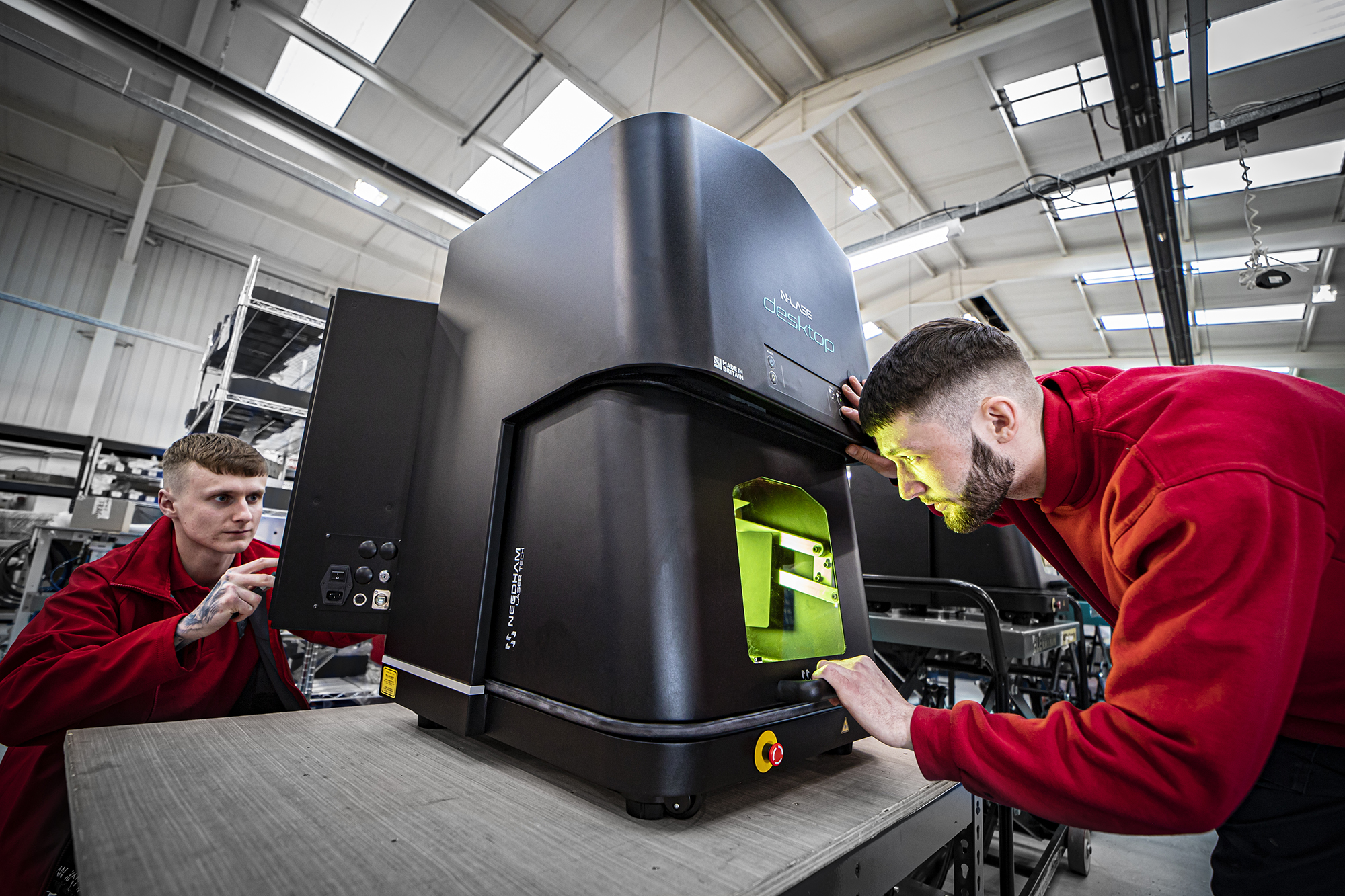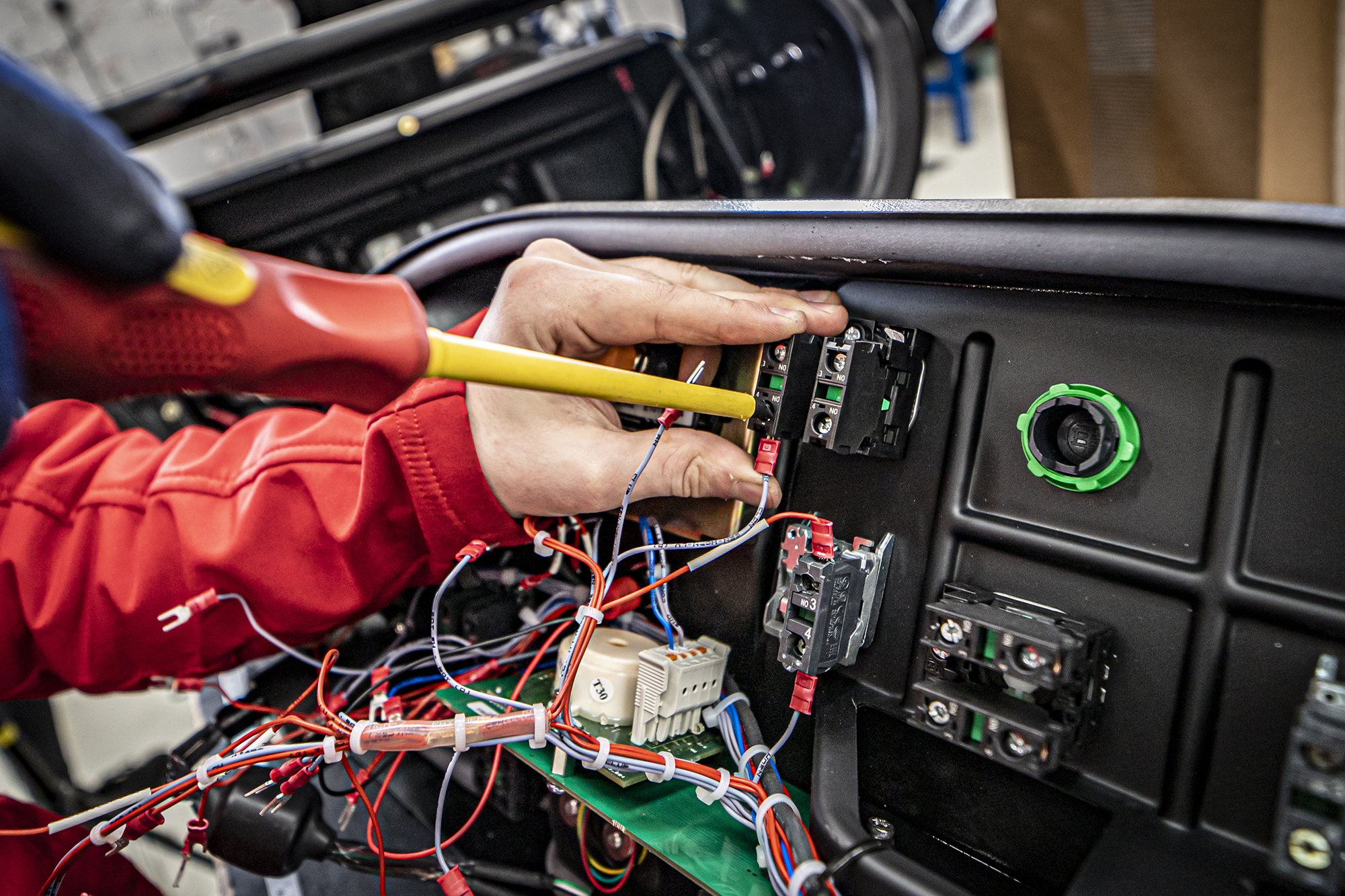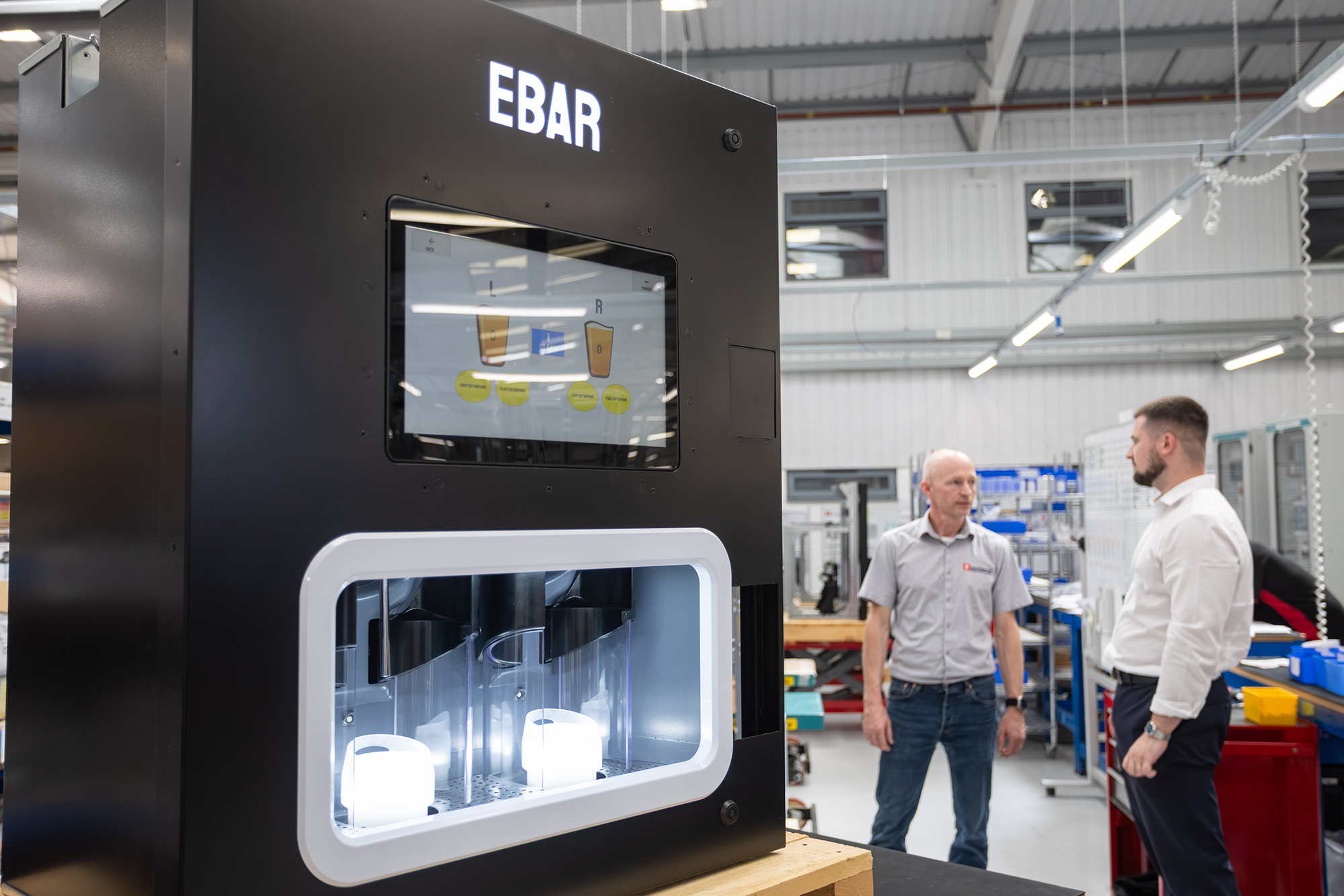4 min read • published in partnership with PP C&A
Insight: Are OEMs losing the innovation game?
In the second of three editorials on the hidden cost of in-house manufacturing, PP Control & Automation’s Richard Spears examines how this mindset is creating fragmentation across engineering, operations, and leadership – and why outsourcing is becoming the critical lever in restoring focus and reclaiming innovation.
Innovation is all about what you make but this often means you’ll miss how effectively your business focuses on making it. For OEMs and machine builders, this attention is increasingly under threat. Not from competitors, not from the market, but often from within.
The reason? In-house operations – that once promised control – are now creating fragmentation.
Across the sector, internal teams are being pulled in too many directions. Engineers are juggling product design alongside production support, whilst operations managers are caught between delivery pressures and supplier delays and leadership teams are absorbed in scheduling, resourcing, and problem-solving. Everyone is working harder, but few are working on what matters most.
At first glance, it all looks productive. The machines are being built. The orders are moving. The factory is busy. But the bigger picture tells a different story. Strategic projects are stuck in limbo and customer-specific innovations are delayed. Market responsiveness slows and, bit by bit, the business loses momentum.

There’s very rarely any lack of ambition; in fact, it’s quite the opposite. However, it does often lack the bandwidth to pursue it.
The root of the problem is a model that asks internal teams to do too much. When every function is stretched, focus becomes fragmented, and, in manufacturing, fragmentation is expensive. It costs time, energy, creativity, and (ultimately) competitive advantage.
This is especially visible in engineering departments. Highly skilled people, hired for their technical expertise, find themselves repeatedly pulled away from design and development work to solve short-term production problems. Instead of improving products or innovating new ones, they’re fixing builds, rewriting specs, or troubleshooting legacy issues. It’s not that they can’t do it. It’s that they shouldn’t have to.
This constant interruption has consequences, including product timelines slipping and quality taking longer to dial in. Opportunities to enhance customer value are missed. And the engineers who should be driving the business forward are instead stuck looking backwards, trapped in an endless cycle of reactive tasks.
It doesn’t end with engineering. Fragmentation affects supply chains, too. As OEMs scale and product complexity increases, the number of suppliers often grows in parallel. What starts as flexibility quickly becomes noise. More vendors mean more interfaces, more lead times to track, more admin, more risk. Honestly…more headaches! Instead of managing performance, teams are managing spreadsheets.

All of this saps the one resource every OEM needs to protect: focus. Because when focus is lost, innovation follows.
Outsourcing, when done strategically, is not about reducing headcount or losing capability. It’s more about restoring clarity.
By transferring defined production tasks (particularly repeatable, labour-intensive subassemblies) to a trusted partner, OEMs give their internal teams the breathing space required to think, plan, and create. The engineering team returns to engineering, operations regain time to optimise instead of constantly reprioritising, and leadership reclaims the headspace to focus on the future.
Outsourcing also reduces friction in the supply chain. A single strategic partner can inherit the entire supply chain and take total responsibility for managing component integration, build quality, testing, and delivery – consolidating what was previously spread across multiple vendors. This simplifies communication, improves reliability, and gives internal teams a single, accountable point of contact.
Crucially, this isn’t about removing control but elevating it. When you outsource with intent, you keep visibility but gain bandwidth. Your team can now apply its full capability where it counts: innovating new products, delivering more value to customers, and pushing the business forward instead of just holding it together.

OEMs that get this right aren’t just more efficient. They’re more resilient, more agile, and more aligned. They move faster because their teams are focused and they outpace competitors because they do what matters most, and they do it better.
The innovation game isn’t lost to market conditions or external forces. It’s lost to distraction. And it’s won by organisations that have the discipline to focus.
If your most talented people are stuck fixing yesterday’s issues, instead of building tomorrow’s solutions, it’s time to ask whether your operating model still supports your ambition. Because in today’s manufacturing landscape, doing everything in-house doesn’t make you stronger – it just spreads you thinner.
Focus is the fuel of innovation. And the businesses that protect it are the ones that win.
Missed part one in the series? Catch up here.
Richard Spears is Marketing Manager at PP Control & Automation, one of the UK’s leading outsourcing manufacturing specialists.
Every year, the West Midlands-based business works with more than 20 of the world’s leading machinery builders, innovators and technology specialists, covering everything from energy and infrastructure, food and beverage, to machine tools, industrial automation and agritech.